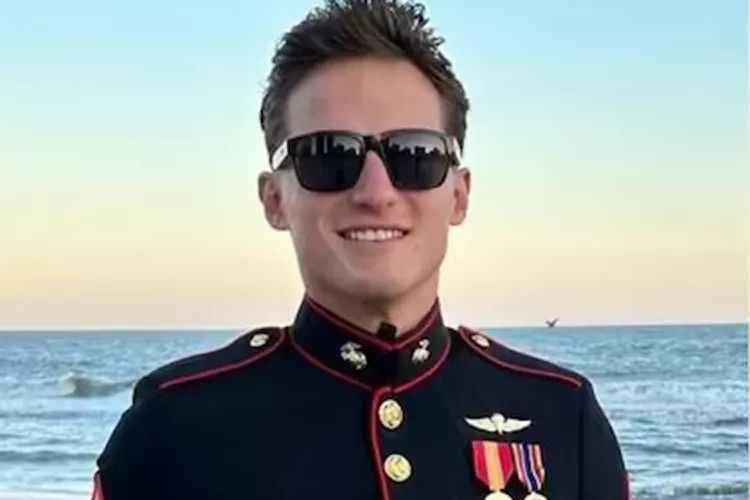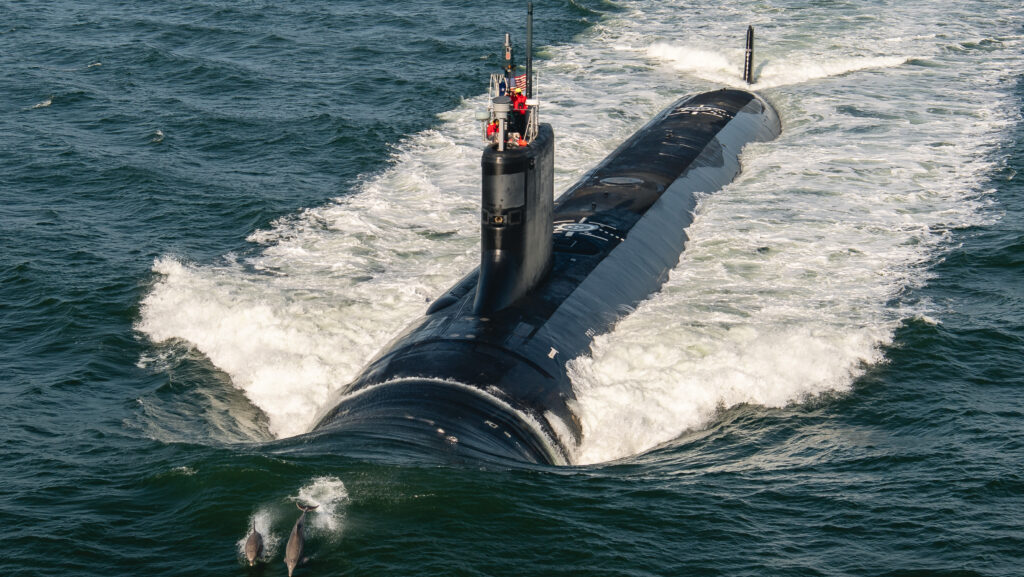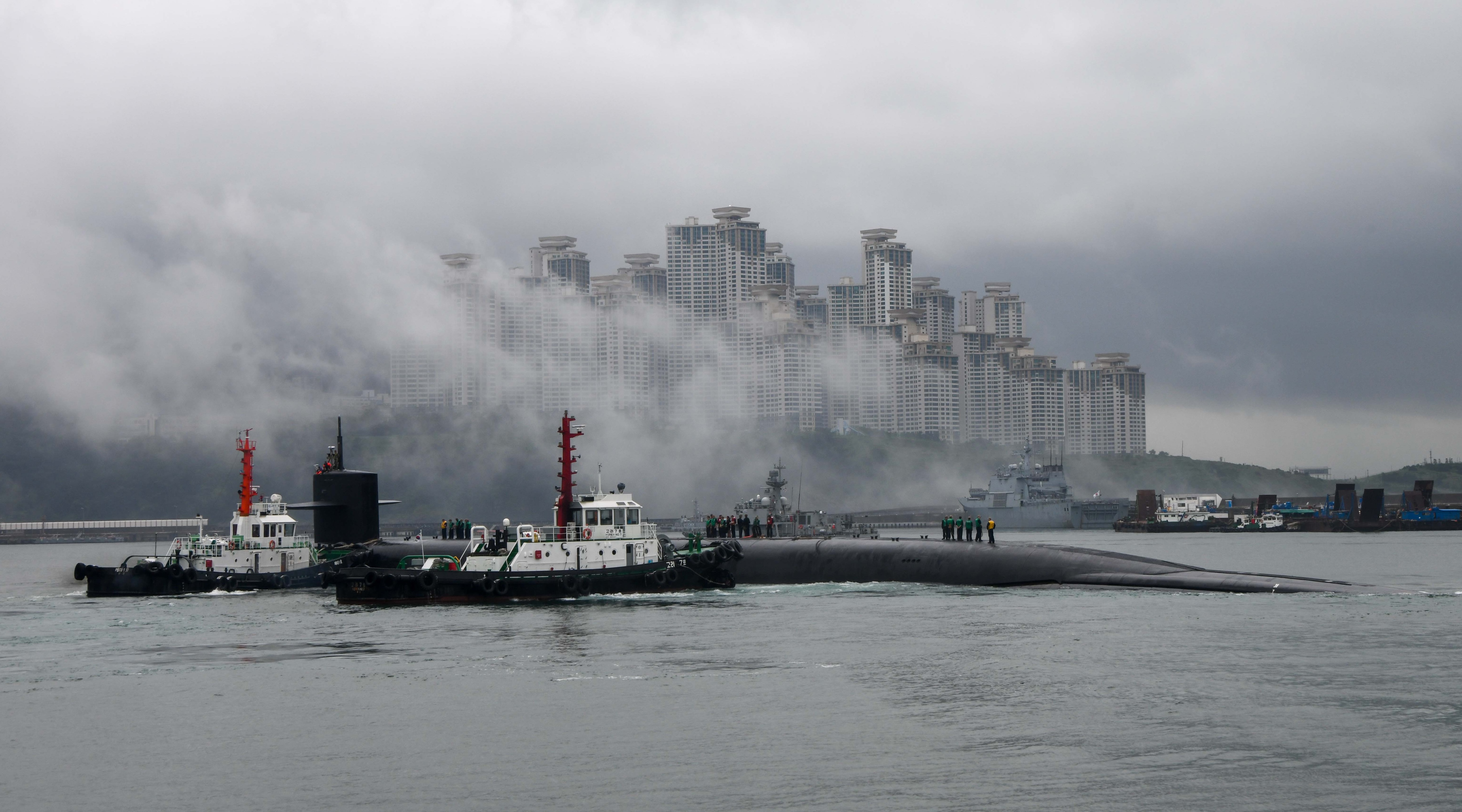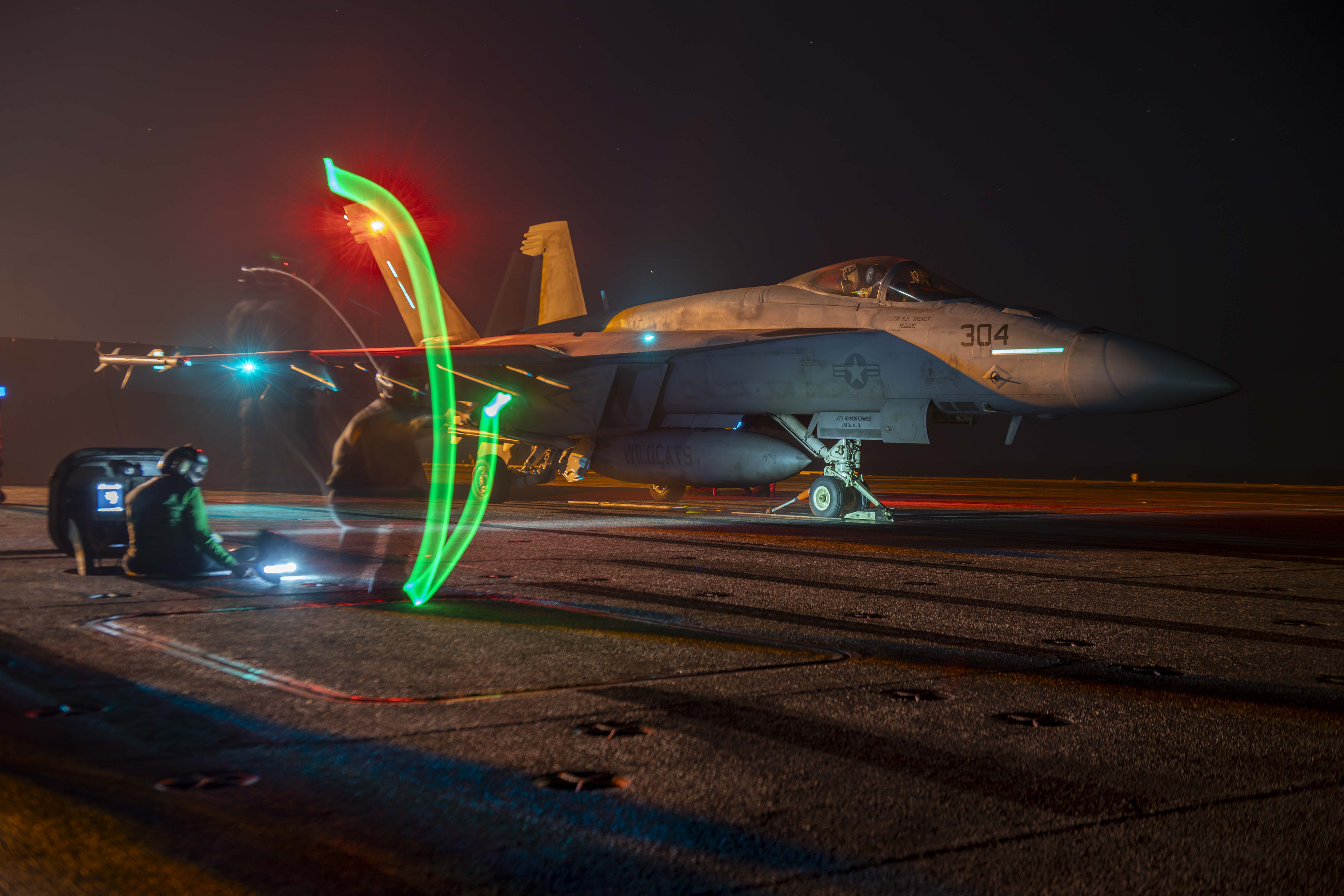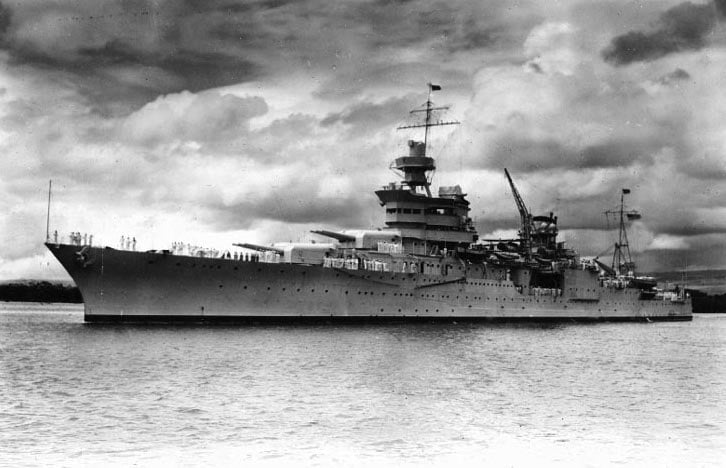
More than seven decades after being sunk by a Japanese submarine, the U.S. Navy has a final crew accounting of heavy cruiser USS Indianapolis (CA-35).
Since being sunk on July 30, 1945, in the Philippine Sea, the number of people onboard Indianapolis had been reported as either 1,195 or 1,196, and the survivors had officially been listed as 316 but at times had been reported as 317.
The exact number of sailors who died and a precise accounting of survivors had been hard to determine because Indianapolis’ crew paperwork went down with the ship. Now, following last summer’s discovery of Indianapolis’ final resting place on the seafloor, a pair of historians have a definitive answer and a likely explanation for the long-debated discrepancy, apparently caused by the whereabouts of Petty Officer Second Class Clarence W. Donnor, who had briefly been on Indianapolis before it set sail.
“To an outside observer, this small casualty discrepancy might seem insignificant. To survivors, descendants, friends, and the Navy, it is not. As historians and friends of the USS Indianapolis family, we are committed to commemorating the sacrifices of those who served by telling their story accurately—the good and the bad. This entire event shows the inherent difficulties in accounting for casualties in the fog of war and in verifying those figures years after the fact—particularly with an episode as chaotic as the loss of the Indianapolis. We can now confirm, 73 years later, that the Navy’s number of survivors in 1945 was correct at 316, and that the final crew list for that tragic voyage has been corrected to show 1,195 men were on board and 879 lives were lost,” Richard Hulver, a historian at the Naval History and Heritage Command, and documentary filmmaker Sara Vladic, who has also written about Indianapolis, wrote in a paper they published earlier this week in Proceedings Today.
The work to definitively determine the number of sailors onboard and the number of survivors was spurred by last summer’s discovery of the Indianapolis wreckage more than 18,000 feet below the Pacific Ocean’s surface. Paul Allen, a Microsoft co-founder and billionaire philanthropist, led the search and was assisted by historians from the Naval History and Heritage Command.
Allen has recently discovered an other World War II Navy wrecks, including Atlanta-class cruiser USS Juneau (CL-52), which sank near the Solomon Islands with the five Sullivan brothers aboard, and carrier USS Lexington (CV-2) at the bottom of the Coral Sea.
Hulver and Vladic reviewed thousands of documents, including survivor lists at the two Navy hospitals that treated the Indianapolis crew after their rescue, and couldn’t find Donnor’s name. Vladic, who has researched Indianapolis for 17 years and interviewed 107 of the survivors during this time, had not come across anyone mentioning Donnor being onboard when the ship sank.
Donnor had been on Indianapolis, but apparently within hours of reporting to the ship he learned he’d been accepted into an officer training program. With new orders to report to Fort Schuyler, NY, Hulver and Vladic wrote that Donnor’s Pacific deployment was canceled. Donnor continued serving in the Navy until his discharge in July 1946.
“As Donnor began planning to make his way across the United States, the crew of the Indianapolis finalized preparations for their fateful voyage back to war,” Hulver and Vladic wrote.
His arrival onboard had been recorded, but Hulver and Vladic suspect his hasty departure was not noted since it occurred while the ship’s crew concentrated on their secret mission of delivering components of atomic bomb “Little Boy” to the island of Tinian in the Pacific.
After the sinking, Donnor’s parents received a Navy telegram at their Big Rapids, Mich., home informing them their son was missing in action. The Donnor’s, Hulver and Vladic wrote, knew this couldn’t be true since they had talked with their son after July 30, as he was stateside entering an officer training program.
Donner’s mother, Ruth Donnor, wrote a letter to the Navy informing them of their mistake. A formal investigation was started immediately to verify Donnor’s parents’ claim and ultimately issued an apology for the mistake, Hulver and Vladic wrote.
But with the original crew documents lost at sea, when the Navy reconstructed these files, Hulver and Vladic found Donnor remained on the crew list but was listed as surviving the sinking, instead of removing him from the crew list altogether.
While the Navy almost immediately knew Donnor had lived, the initial clerical error remained in the historical Navy lists with no explanation, and what became the official numbers were flawed. Knowledge of Donnor’s survival crept into updated lists as early as 1963.


